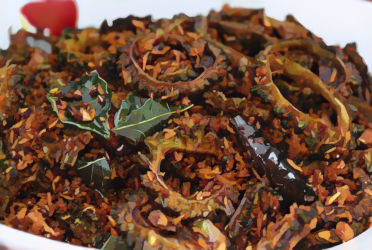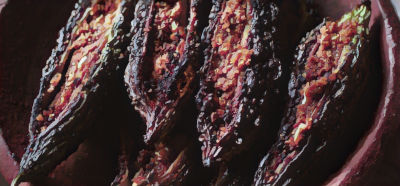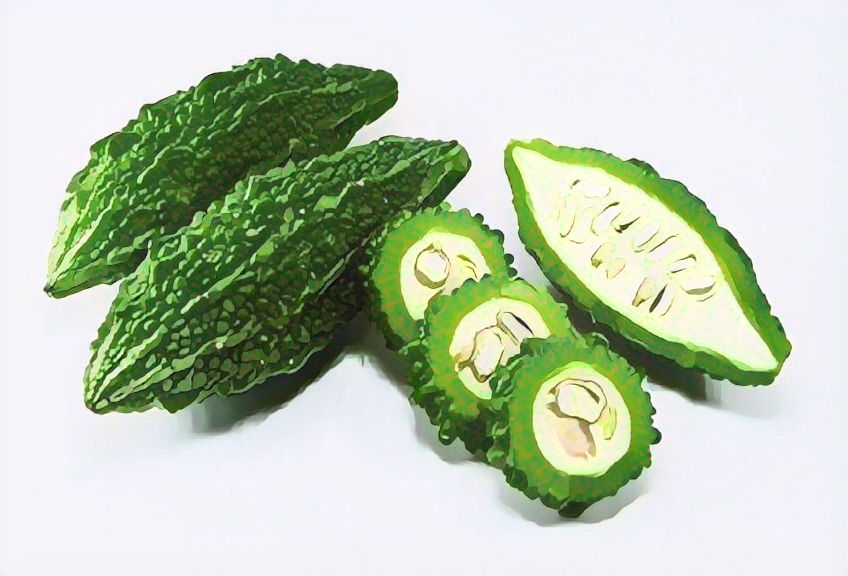
Climate and soil
Temperatures of 20-30 degrees celsius. Single monsoon season lasting four months from June to September. Rainfall amount 700 mm/year. Basaltic soil (black cotton soil).
Seed to plant
Pack of seeds costs Rs. 60. Each plant gives 10-12 gourds. Plant each seed a foot or so apart, a couple of inches into the soil. Bitter gourd (like many other gourds) is a climber so plant close to a fence or keep some stout sticks handy. Water once a day.
Timeline and harvest
Plant just after the monsoon or early summer. 7 - 10 days from seed to germination. Two months from seed to first harvest. Bitter gourd plants have both male and female flowers and are pollinated by butterflies and bees. 10 x 7 feet area with ~10 plants gave 250 grams of bitter gourd, once a week for 5 months. Market rate of total harvested produce is Rs. 250/-
Treatment
Jeevamrutha - 1 part cow dung + 1 part cow urine + 0.2 parts jaggery + 0.2 parts pulse flour and some soil. Cover, keep in shade, mix a thrice a day.Incubate and use. Apply once a week in the first month.
Ecosystem function
Multiple insects - beetles, butterflies and bees like bitter gourd and feed on the leaves and nectar.
Nutrition
Rich in beta carotene, potassium, calcium, phosphorous and vitamins B and C. It has a high fibre content and is used in traditional medicines to control diabetes and high blood pressure.
Storage
Seeds - Let the gourd over ripen on the vine and then wash, dry and store the seed to plant again. Some commercial seed packs will not produce a second generation. Bitter gourd - Slit the bitter gourd and remove the flesh and seeds from the inside. Rub the whole gourd well with salt and turmeric and leave for a few hours. Wash and pat them nearly dry. Take a kadhai and a generous amount of mustard oil. Place the whole gourd in the oil, cover and fry for 5 minutes on every side until dark brown in colour. Such fried gourds will keep outside even in hot climate for 2-3 days and were traditionally carried as travelling food.
Bitter gourd recipes
More in this category
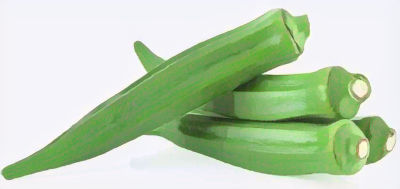 Okra
Lady’s Finger | Okra | Bhindi | Bendakay Learn more!
Okra
Lady’s Finger | Okra | Bhindi | Bendakay Learn more!
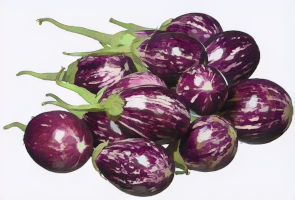 Brinjal
Brinjal | Eggplant | Aubergine | Baingan | Vangi | Vankay Learn more!
Brinjal
Brinjal | Eggplant | Aubergine | Baingan | Vangi | Vankay Learn more!
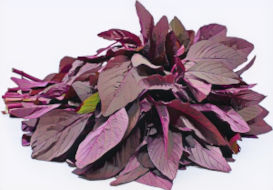 Amaranthus
Amaranthus | (Lal) Math | Thotakoora Learn more!
Amaranthus
Amaranthus | (Lal) Math | Thotakoora Learn more!
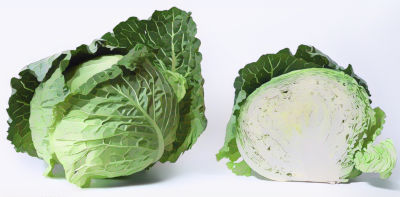 Cabbage
Cabbage | Gobi Learn more!
Cabbage
Cabbage | Gobi Learn more!
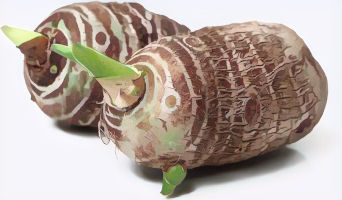 Colocasia
Colocasia | Taro | Arvi | Alu Learn more!
Colocasia
Colocasia | Taro | Arvi | Alu Learn more!
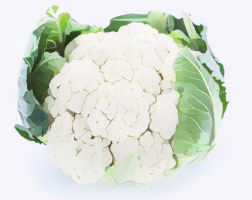 Cauliflower
Cauliflower | Phool gobi Learn more!
Cauliflower
Cauliflower | Phool gobi Learn more!
